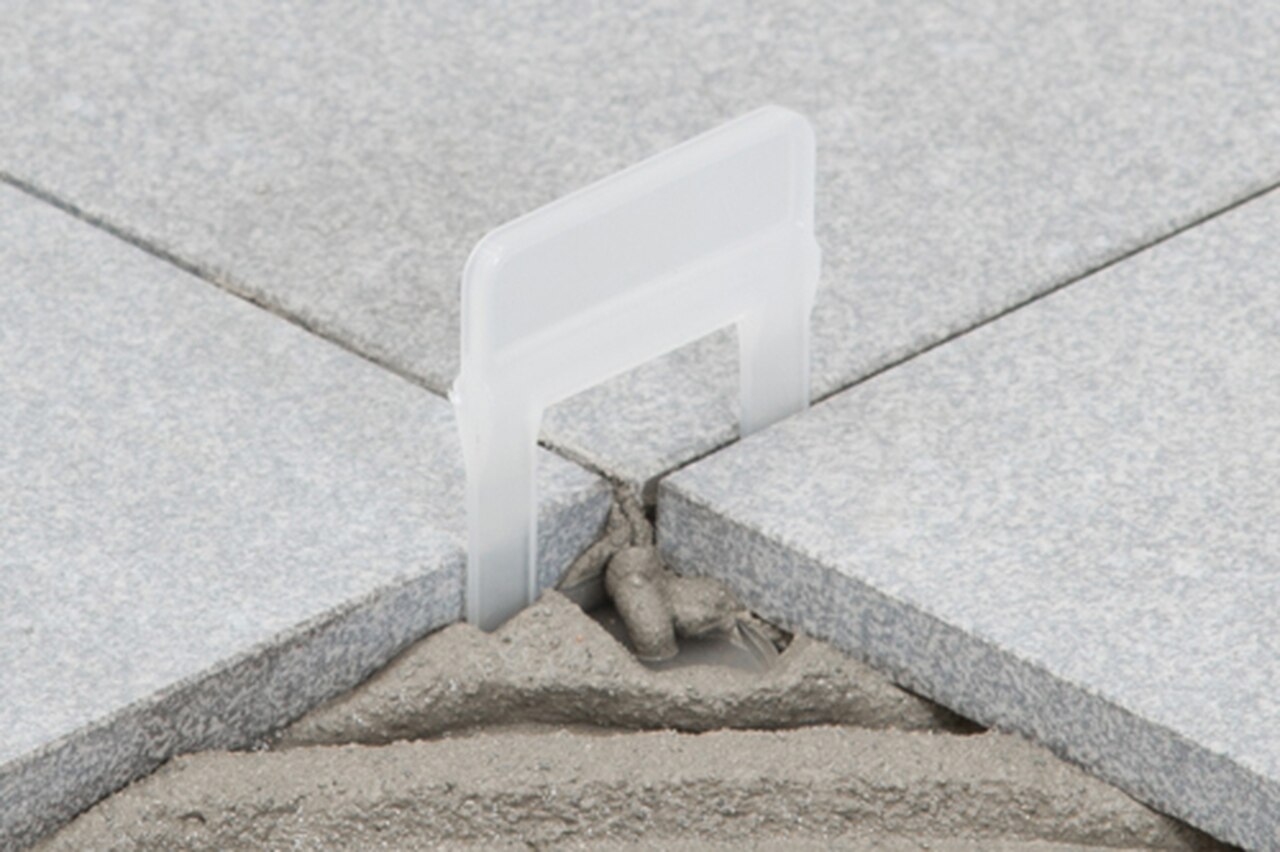
Qualitatively put tile on the floor or wall – a process that requires a lot of experience and skill. Maybe this kind of work is one of the most expensive in construction.
Choosing the right tile leveling system: the crucial factor in tiling is the equality factor to which the tile will be glued. Unfortunately, in most buildings, and in many new buildings, the concrete bond absolutely does not meet the criteria, which allows you to put tiles on it without special problems. Therefore, we have to resort to an expensive floor finishing finish.
Of course, having certain skills, you can achieve equality in the laying of tiles, adjusting its level by the thickness of the layer of glue. However, this process will not be economical, since the cost of glue significantly exceeds the cost of the best tile leveling system.
First, moving the tile is strictly not recommended to avoid seam shifts. Secondly, a thicker layer of glue requires extra time to dry it, which significantly slows down the work time. Thirdly, tile glue at drying almost always gives shrinkage, so that predicting the result, in this case, will be almost impossible.
How to pick the best tile leveling system: the best solution for this issue will be to use a tile leveling system tile, which will allow even the beginner to perform work quickly and with proper quality. It should be noted that the use of a tile leveling system is advisable in cases where the difference in floor level does not exceed 1 centimeter, otherwise the alignment of the cement screed you can not avoid.
Objectivity for the sake of this is to say that any modern specialist in tiling is using a tile leveling system. In the simplest case, it is a set of crosses and wedges. However, for today there are more advanced devices, thanks to which it is possible not only to provide the same distance between the tiles on each side but also to achieve the laying of tiles in one place, this is possible due to the use of leveling system choosing tips.
For this purpose, special plastic fasteners with clamps are used that align the inner and outer surfaces of the tiles by changing the thickness of the adhesive layer to 2-3 mm. At the same time, the tile seam turns perfectly flat and can vary in thickness, ranging from 1.5 mm.
Of course, if the tile of low quality and itself has deformations and defects, then any tile leveling system will be powerless. But when using expensive high-quality tiles, especially large-sized, such tile leveling system will greatly facilitate and speed up your work.
Although the tile leveling system itself is not complicated by design, and the principle of their work is extremely clear and simple, yet in professional circles, there are two types of such systems – whether they require a special tool for mounting.
If the first kind is more suitable for beginner masters who do not want to spend extra money on various types of devices and use the tile leveling system for the first time in their lives, then the second type of tile leveling system is preferred by professionals. The use of special equipment ensures maximum alignment with minimal time and effort, and also greatly simplifies the tile leveling system dismantling process after drying the glue.
To date, there are many varieties of systems of both types, but the most popular, apparently, have been devices with wedge-shaped tensioner. They have a fairly large area of support for the clamping element, so the control of the quality of alignment can be carried out, even without resorting to special adaptations.
This type of tile leveling system has one more undeniable advantage – wedges can be used many times, with re-use you will only need new contact pads.
Using the tile leveling system
Before applying the tile leveling system, it is necessary to check the floor in the room in the absence of significant elevation differences; otherwise, the first stage of the work must be an additional alignment with the use of a cement joint.
If the level is normal, you just have to thoroughly remove any debris from the floor. Then the first series of tiles are laid out at a sufficient distance from the wall (it must equal the width of the tile). At the same time, each tile is attached to the previous one with the help of latches and is aligned with the base marking the line.
When laying tile tiles on the walls, it is also necessary to provide as much as possible a smooth surface (the inequality should not exceed 3 mm). The obligatory stage of preparatory works is the removal from the surface of dust, dirt and covering it with a primer to the necessary condition